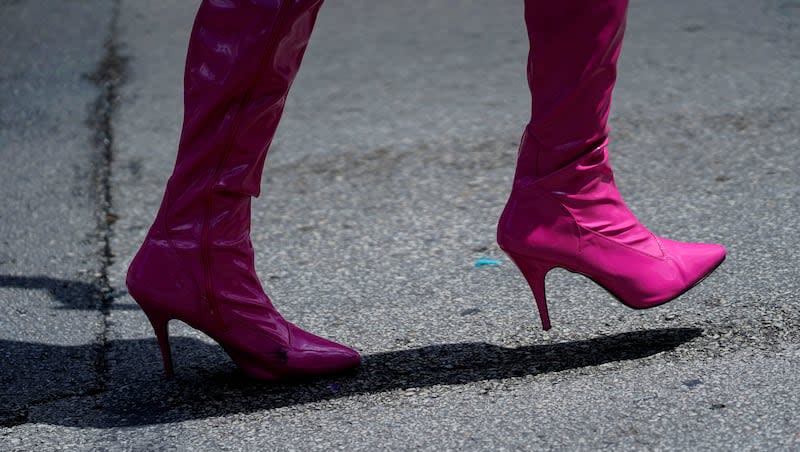Can wearing high heels actually improve your walking?

Can wearing high heels actually be good for you? A new study published in the Journal of Applied Physiology says that wearing high heels can help you improve your walking overall. This could come as a surprise since there are many warnings against wearing high heels constantly.
What has previously been said about wearing high heels?
Anyone who wears high heels can attest to the pain and blisters they can cause. According to the American Osteopathic Association, high heels put users at a higher risk of pulling muscles and joints out of alignment.
According to Business Insider, there are seven side effects that can be caused by high heels.
Ankle injuries and stress fractures.
Arthritis in knees or ankles.
Your current foot problems (such as bunions) can get worse.
Pain in the rest of the body.
Your walking changes.
Ingrown toenails become a possibility.
Hammer toes and corns develop more frequently.
Business Insider also shares that there are several exercises people can take to lessen the pain from high heels, such as switching out your high heels for a pair of flats when needed, stretching your entire body and taking an Epsom salt soak for your feet.
So how do high heels help us walk better?
The Washington Post shares how a new study had men and women wear custom-made high heels for months and researchers found that these test subjects started walking differently — in a good way.
Researchers wanted to find out what changes occur in the human leg when someone starts wearing heels for the first time. Researchers had participants wear custom heels that were, at most, 3 inches for 14 weeks, per The Washington Post.
The participants that consistently wore the heels over the 14 weeks had become efficient walkers, specifically using less energy to walk than before they started wearing the heels, per The Washington Post. They also found that those who wore heels had stiffer tendons and shorter calf muscles. But more research is needed to study other factors, such as injuries and a wider variety of participants.

